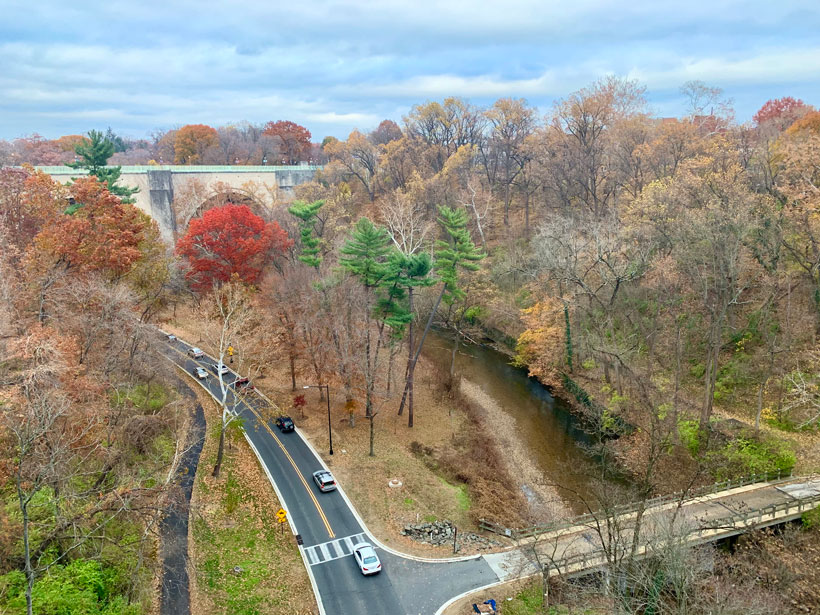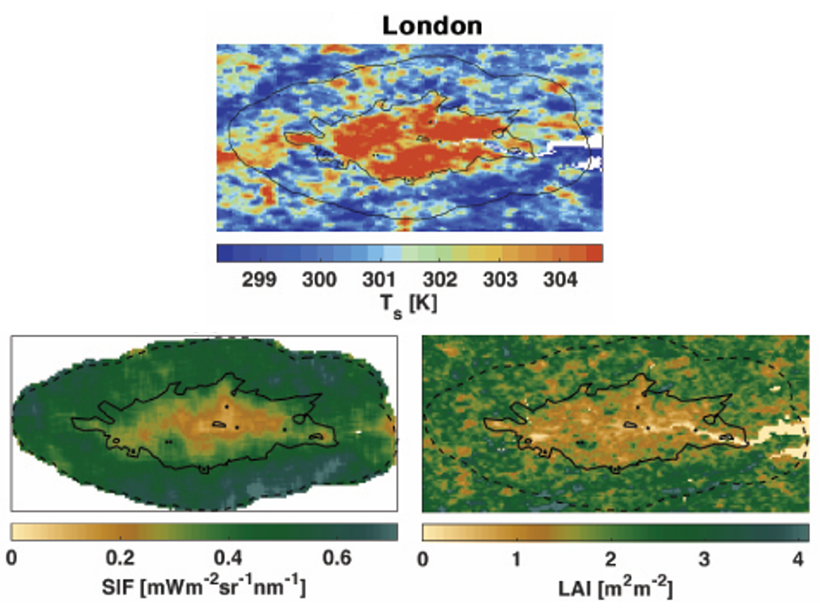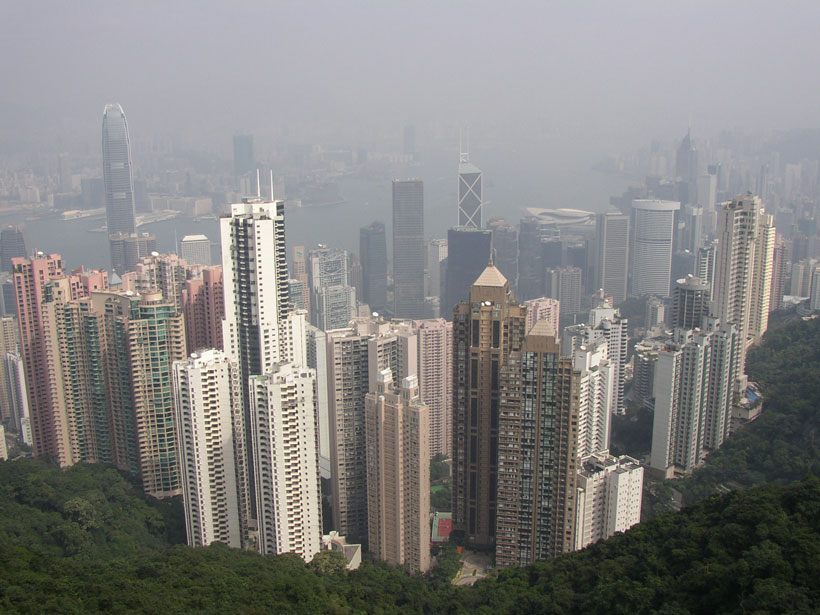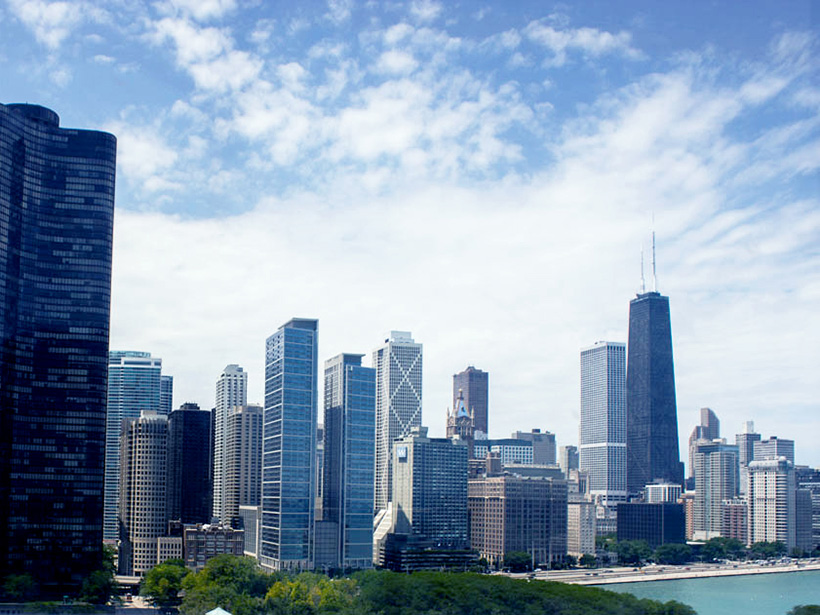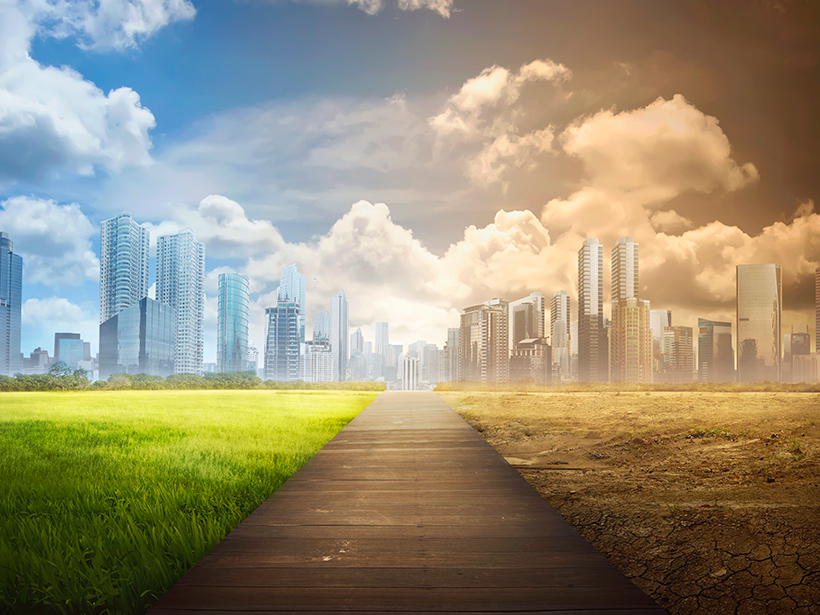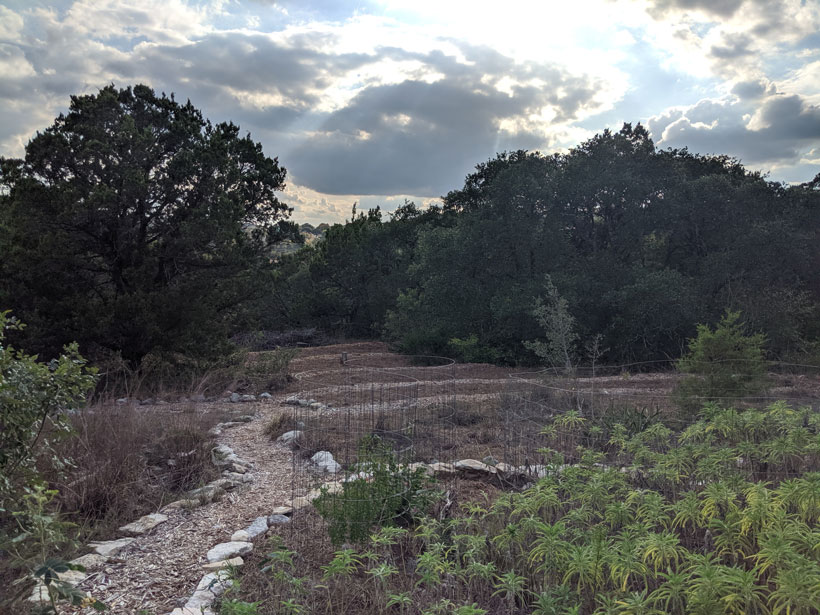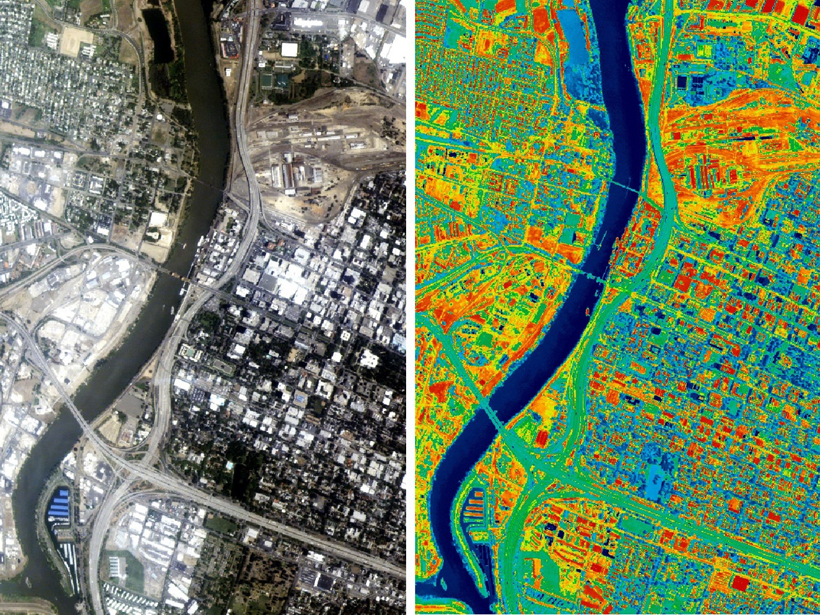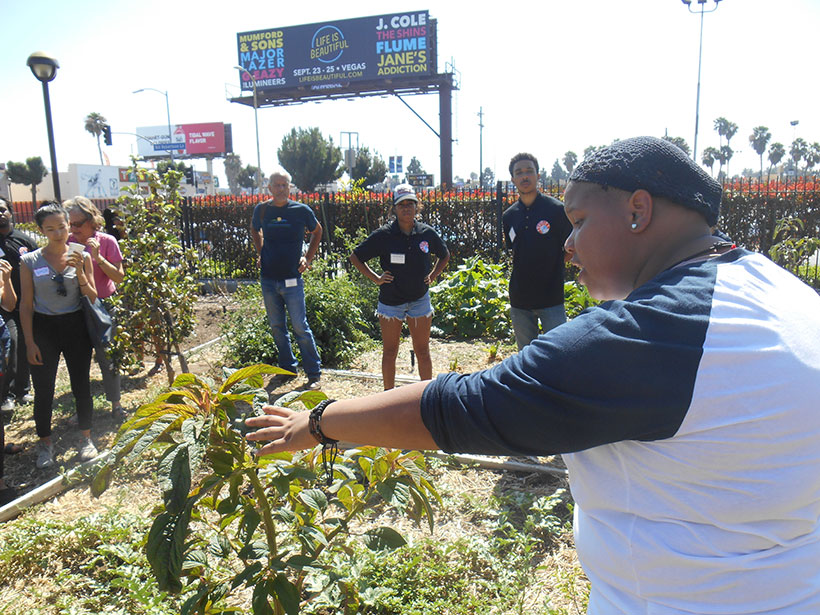In our June issue, Eos looks at how scientists and city planners are partnering to protect our vital urban forests.
cities
Cheap Sensors Provide Missing Air Quality Data in African Cities
Calibrated low-cost sensors in Kinshasa and Brazzaville provide new information on pollution and help scientists model a way to improve access to air quality data.
Urban Vegetation Key Regulator for Heat Island Intensity
Satellite data reveals that urban vegetation, especially urban forests, is the most important factor regulating Urban Heat Island intensity.
Improving Air Quality in China’s Greater Bay Area
New simulations show how reducing residential and agricultural pollution outside the Greater Bay Area could improve public health inside this megalopolis and across China.
Many U.S. Cities Severely Underreport Their CO2 Emissions
Although unintentional, these errors may undercut local government efforts to tackle climate change.
Using Big Data to Measure Environmental Inclusivity in Cities
Lower-income urban communities bear the brunt of environmental burdens, even in wealthy green cities around the world.
Community Forests Prepare for Climate Change
Cities across the United States are feeling the heat as they struggle to integrate climate science into on-the-ground decisionmaking regarding urban tree planting and management.
Modeling Interactions Between Cities and Climate Across Scales
With more than half of humanity living in cities, the ability to model urban-climate interactions at relevant spatial scales is increasingly important.
Urban Agriculture Combats Food Insecurity, Builds Community
Innovations in urban agriculture—from creative reuse of stormwater to soil rehabilitation—can help fight food insecurity and prevent further food issues.
Cómo convertir nuestras ciudades en Treetopias
Estamos y seguiremos plantando más árboles callejeros, arboledas urbanas y cúmulos informales de árboles en nuestros parques y espacios verdes. La Treetopia ha comenzado.

